Methyl carbamate
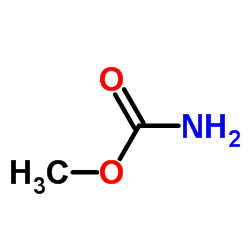
Methyl carbamate structure
|
Common Name | Methyl carbamate | ||
|---|---|---|---|---|
| CAS Number | 598-55-0 | Molecular Weight | 75.067 | |
| Density | 1.1±0.1 g/cm3 | Boiling Point | 178.7±8.0 °C at 760 mmHg | |
| Molecular Formula | C2H5NO2 | Melting Point | 56-58 °C(lit.) | |
| MSDS | Chinese USA | Flash Point | 105.2±14.8 °C | |
| Symbol |


GHS07, GHS08 |
Signal Word | Warning | |
| Name | methyl carbamate |
|---|---|
| Synonym | More Synonyms |
| Density | 1.1±0.1 g/cm3 |
|---|---|
| Boiling Point | 178.7±8.0 °C at 760 mmHg |
| Melting Point | 56-58 °C(lit.) |
| Molecular Formula | C2H5NO2 |
| Molecular Weight | 75.067 |
| Flash Point | 105.2±14.8 °C |
| Exact Mass | 75.032028 |
| PSA | 52.32000 |
| LogP | -0.68 |
| Vapour Pressure | 1.0±0.3 mmHg at 25°C |
| Index of Refraction | 1.399 |
| Storage condition | Room temperature. |
| Water Solubility | 700 g/L (20 ºC) |
CHEMICAL IDENTIFICATION
HEALTH HAZARD DATAACUTE TOXICITY DATA
MUTATION DATA
|
| Symbol |


GHS07, GHS08 |
|---|---|
| Signal Word | Warning |
| Hazard Statements | H319-H351 |
| Precautionary Statements | P281-P305 + P351 + P338 |
| Personal Protective Equipment | Eyeshields;full-face particle respirator type N100 (US);Gloves;respirator cartridge type N100 (US);type P1 (EN143) respirator filter;type P3 (EN 143) respirator cartridges |
| Hazard Codes | Xn:Harmful |
| Risk Phrases | R40 |
| Safety Phrases | S26-S36/37 |
| RIDADR | NONH for all modes of transport |
| WGK Germany | 3 |
| RTECS | FC2450000 |
| HS Code | 2924199090 |
| Precursor 10 | |
|---|---|
| DownStream 10 | |
| HS Code | 2924199090 |
|---|---|
| Summary | 2924199090. other acyclic amides (including acyclic carbamates) and their derivatives; salts thereof. VAT:17.0%. Tax rebate rate:13.0%. . MFN tariff:6.5%. General tariff:30.0% |
|
The dissociation chemistry of ionized methyl carbamate and its isomers revisited: theory and experiment in concert.
Eur. J. Mass Spectrom. (Chichester, Eng.) 18(2) , 149-59, (2012) Early combined computational and experimental studies by J.K. Terlouw c.s. in Refs. 1-3 propose that low-energy methyl carbamate ions, NH(2)COOCH(3)(•+) (MC-1), rearrange into distonic ions NH(2)C(OH)... |
|
|
Formaldehyde, glyoxal, urethane, methyl carbamate, 2,3-butanedione, 2,3-hexanedione, ethyl acrylate, dibromoacetonitrile and 2-hydroxypropionitrile induce chromosome loss in Saccharomyces cerevisiae.
Mutat. Res. 270(2) , 151-66, (1992) Induction of mitotic chromosome loss could be demonstrated for the dialdehyde glyoxal, the diketones 2,3-butanedione and 2,3-hexanedione, ethyl and methyl carbamate, ethyl acrylate, dibromoacetonitril... |
|
|
Thiadiazole carbamates: potent inhibitors of lysosomal acid lipase and potential Niemann-Pick type C disease therapeutics.
J. Med. Chem. 53 , 5281-5289, (2010) Niemann-Pick type C (NPC) disease is a lysosomal storage disorder characterized at the cellular level by abnormal accumulation of cholesterol and other lipids in lysosomal storage organelles. Lysosoma... |
| Urethylane |
| methylurethane |
| MFCD00007964 |
| Methoxyformamide |
| Monomethyl carbamate |
| Carbamic acid, methyl ester |
| Methyl carbamate |
| Carbamic acid methyl ester |
| EINECS 209-939-2 |
| Methylurethane (VAN) |
| Methylurethan |
| methoxycarbonylamine |
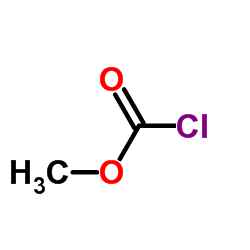 CAS#:79-22-1
CAS#:79-22-1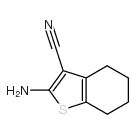 CAS#:4651-91-6
CAS#:4651-91-6 CAS#:67-56-1
CAS#:67-56-1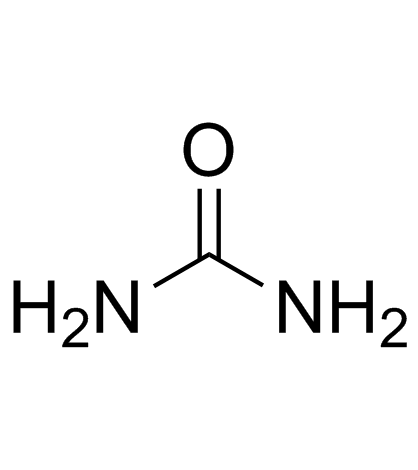 CAS#:57-13-6
CAS#:57-13-6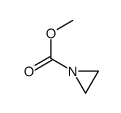 CAS#:671-50-1
CAS#:671-50-1![N'-[2-(3,4-dimethoxyphenyl)ethyl]-N'-methylpropane-1,3-diamine Structure](https://image.chemsrc.com/caspic/274/55982-99-5.png) CAS#:55982-99-5
CAS#:55982-99-5 CAS#:124-38-9
CAS#:124-38-9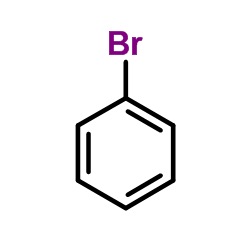 CAS#:108-86-1
CAS#:108-86-1 CAS#:3693-95-6
CAS#:3693-95-6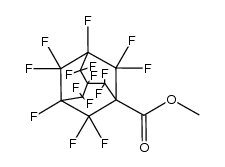 CAS#:107376-45-4
CAS#:107376-45-4 CAS#:6642-30-4
CAS#:6642-30-4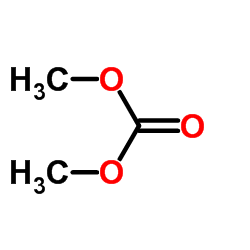 CAS#:616-38-6
CAS#:616-38-6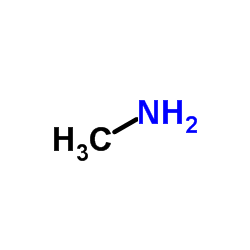 CAS#:74-89-5
CAS#:74-89-5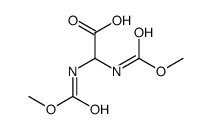 CAS#:110599-27-4
CAS#:110599-27-4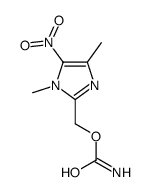 CAS#:104575-24-8
CAS#:104575-24-8 CAS#:14442-53-6
CAS#:14442-53-6 CAS#:827-16-7
CAS#:827-16-7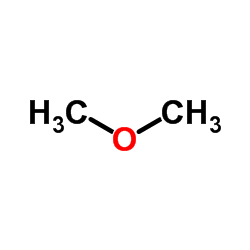 CAS#:115-10-6
CAS#:115-10-6 CAS#:75-13-8
CAS#:75-13-8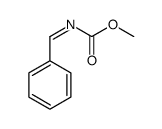 CAS#:27593-61-9
CAS#:27593-61-9
